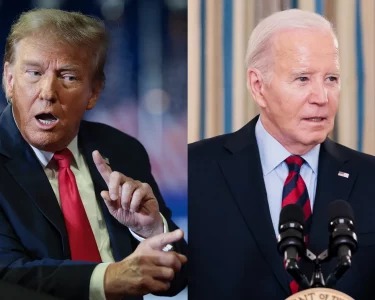The future of any nation depends largely on its youth. As such, investing in the education and employment of young people is crucial for the long-term success of any country. Recognizing this, many governments around the world have implemented programs aimed at supporting youth education and employment.
In the United States, one of the most significant programs is the Workforce Innovation and Opportunity Act (WIOA), which was signed into law in 2014. The act provides funding for job training and education programs for young people aged 14 to 24. The goal of the program is to help young people develop the skills they need to succeed in the modern workforce.
The WIOA provides funding for a wide range of programs, including apprenticeships, on-the-job training, and education and training programs. The program also includes a strong emphasis on helping young people who are not in school or working, including those who have dropped out of high school.
Another program aimed at supporting youth education and employment is the YouthBuild program, which is funded by the U.S. Department of Labor. YouthBuild provides job training and education opportunities to young people aged 16 to 24 who have dropped out of high school. The program emphasizes construction skills, and participants have the opportunity to build affordable housing in their communities.
In addition to these federal programs, many states and localities have implemented their own programs to support youth education and employment. For example, the state of New York has implemented the New York Youth Jobs Program, which provides tax credits to businesses that hire young people aged 16 to 24 who are facing barriers to employment.
While these programs are critical in helping young people develop the skills they need to succeed in the modern workforce, they are not without their challenges. One significant challenge is ensuring that the programs are accessible to all young people, including those from marginalized communities.
To address this challenge, many programs have implemented outreach efforts aimed at connecting with young people who may not otherwise have access to these opportunities. For example, the WIOA program includes outreach efforts to connect with young people who are not in school or working, as well as those who are homeless or in foster care.
Investing in the education and employment of young people is critical for the long-term success of any country. By supporting programs that provide job training and education opportunities to young people, governments can help ensure that the next generation of leaders is well-equipped to tackle the challenges of the future.




